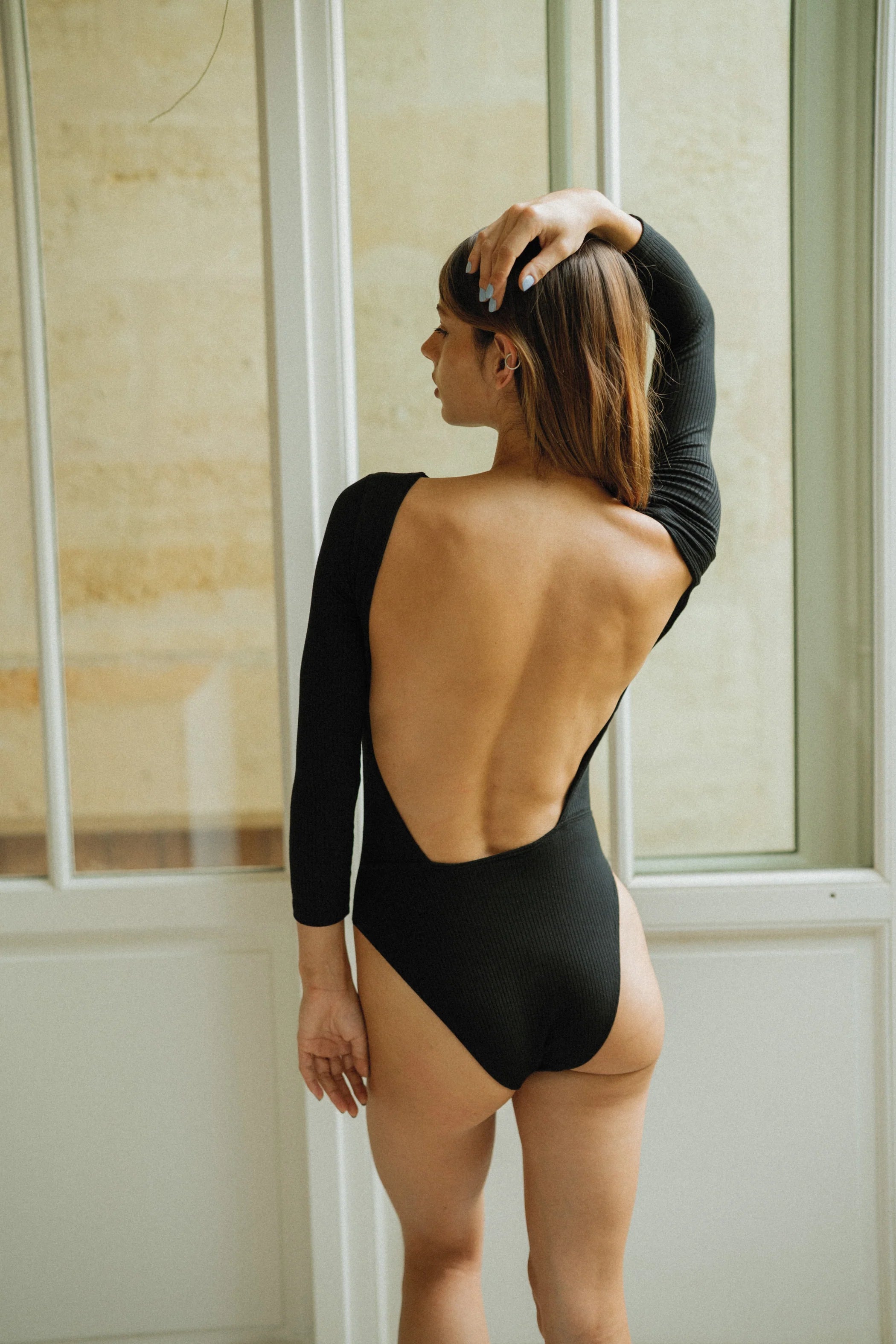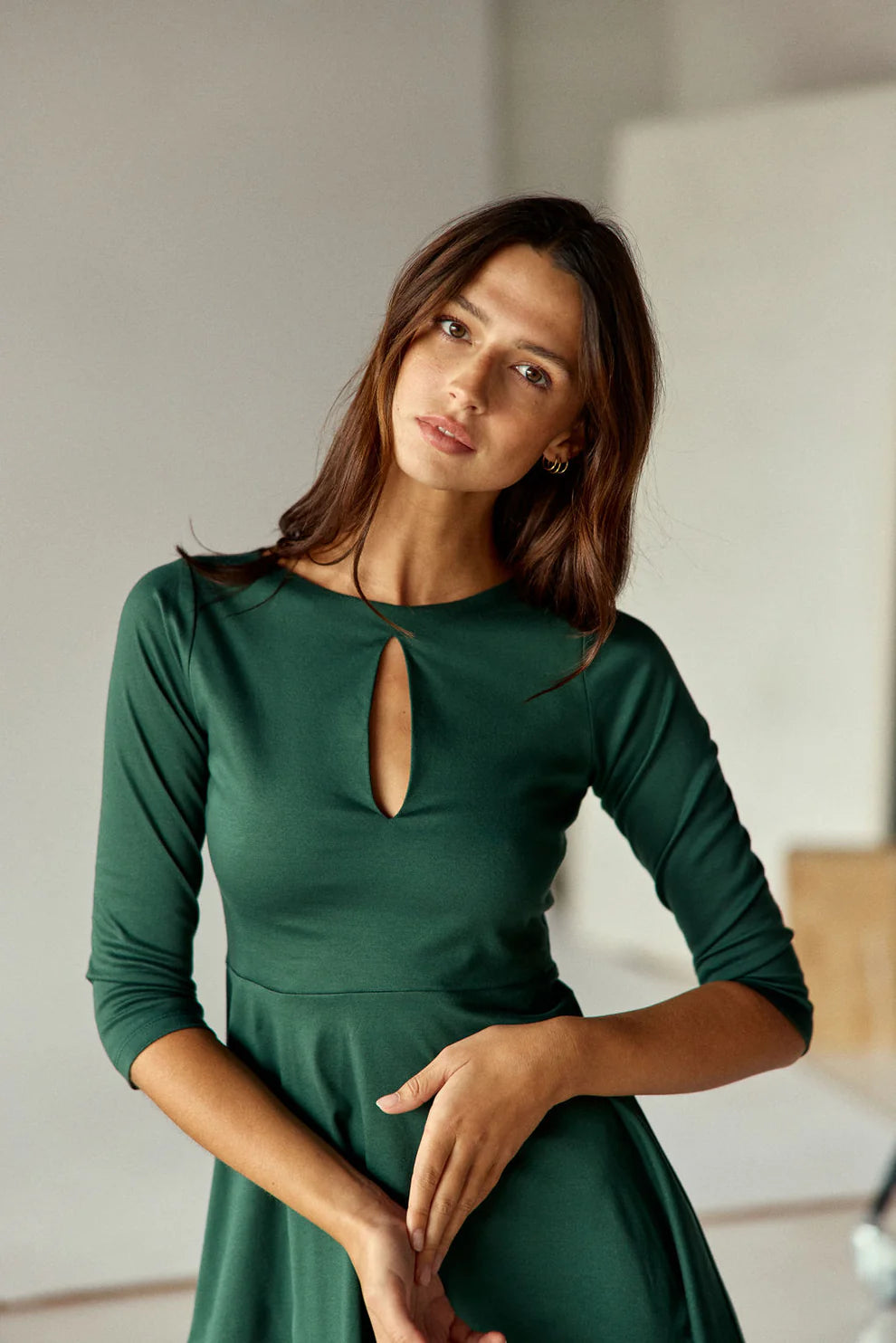Some articles on the subject even confuse the 3 terms. We can thus read: “Ethical fashion, otherwise called responsible fashion or sustainable fashion”. While these adjectives are not equivalent but complementary! So let's try to understand together what differentiates ethical, eco-responsible and sustainable.
The no-miss: ethical fashion, kesako?

- Being cruelty-free for animals
- Do not exploit your employees and ensure them good working conditions
- Scrupulously choose your suppliers, and in particular ensure that decent working conditions and salaries are guaranteed
- Use materials that are non-toxic for humans and the environment
- Resisting the dictates of fast fashion
- Be transparent about what it is and what it does: give its mission, its vision, its actions, and the results
- Recognize that it is not perfect and that it must constantly improve
How is CLother ethical?
- We only partner with committed brands, proving their ethics
- We share our actions and results in complete transparency
- We recognize that we are far from perfect and that we can go even further in our services (recycling? clothing repair?)
- We do not require our customers to create an account to order from us 🙂 We are truly an exception!
Almost all brands will affirm that they have an eco-responsible approach: “look at our great capsule collection made from recycled materials”, “all our packaging is made from recycled cardboard”, etc…
In the end, the word is used so much that it often loses its meaning, unfortunately. This large-scale greenwashing makes it even more difficult to distinguish between truly committed brands and companies (us, us!!) and those who talk about it a lot, without doing much.
And yet, to adopt a truly eco-responsible approach, which has a real impact, a brand should not be satisfied with half-measures, mini projects, and hype. But seriously engage with the majority of the following points.
- Integrate environmental concerns from the design of the garment (management of production scraps)
- Limit the number of collections offered
- Minimize the impact of what “surrounds the product” (packaging, shipping, etc.)
- Minimize your water and energy needs during the production process
- Have a plan to reduce CO2 emissions: renewable energies for production, transport solutions (no planes!)
- Ensure that your suppliers are geographically located nearby
- Hold labels and certifications – GOTS, GRS, B Corp, Ecocert etc…
- Use mainly organic, recycled or upcycled materials (and 20% is not enough ;-))
- Be committed to fair remuneration for producers
- Do not encourage overconsumption, and in particular do not encourage impulsive purchases (reasoned communication)
And so Clother, is that a joke too?
We say it without hesitation: we are not perfect, and we probably never will be. But count on us to do our best, without compromise. And finally, after a year, we’ve already done a lot of things :)
- We only choose brands that manufacture in nearby countries, to guarantee much better social, wage and environmental production standards.
- The clothes we offer have at least 80% recycled or upcycled materials, or are made of linen, organic cotton, Tencel.
- All our deliveries are made in reusable packages, which are made with locally recycled materials (paragliding canvases and tarpaulins). Thank you again to our customers for playing the game and sending them back to us.
- We limit our marketing communication, so as not to encourage unnecessary purchases.
- We are still preparing many other things to do better.
But then, what is sustainable fashion?
As the name suggests, sustainable fashion aims to extend the life of a garment. And therefore, ultimately, to reduce its environmental impact. But… is it possible? Because the juxtaposition of these two words, fashion and sustainable, is inherently antinomic. Fashion is fleeting, it carries with it the notions of ephemerality, of constant renewal. It differentiates the eras. Most brands, at best, offer 2 collections per year: spring/summer and fall/winter. But with the awareness of climate change and environmental issues, a new movement has been created: slow fashion. Long live the slowness of trends! “There’s no fire at the lake” as we say back home. So the good news is that yes, sustainable fashion exists
How can a brand be sustainable?
- Ensure the quality of the fabrics and materials used. Say yes to “made to last” and no to planned obsolescence. The less a garment is damaged or fragile, the more durable it will be because it is worn for longer. Holes in sweaters, loose stitches, shrinking shirts can cause neglect and push consumers to part with them.
- Ensure the recyclability of fabrics and materials used
o Better: offer clothing made from recycled materials like our partner brand Mud Jeans - Offer a repair service
- Offer less than 2 collections per year, favoring timeless clothing of the “little black dress” type. In the field, our partner Oganic basics is a perfect example. This brand offers classic, all-weather fashion made from eco-responsible materials.
Clother, are you durable?
- In terms of deliveries: we offer a reusable package for 100% of them. Thanks to our model, we collect all packages from customers, so that they can be used for other deliveries quickly.
- By getting closer to sustainable brands, such as the Spanish twothirds which uses organic, biodegradable and recycled materials. Not yet a partner, but we would be delighted!
What if I want it all at once?
As you will have understood, ethical, eco-responsible and sustainable cover 3 slightly different realities. A brand can be sustainable (timeless clothing made to last) without being truly eco-responsible in its way of producing and in the materials chosen. And vice versa.
We would obviously like to be able to combine the three. But is it possible?
THE model in this area is of course Patagonia. This incredible brand totaled 151.4 points (out of 200 during its last B Corp certification. Impressive, when you know the level of requirements. The brand has a “best in class” position in the textile industry, and a true pioneer towards ethical, eco-responsible and sustainable mod. Model of the genre which remains one of the rare exceptions to bring everything together.
At CLother, our ambition is also to combine these three elements. Decisions regarding the brands we offer, the company's business model, the solutions offered to our customers, are always made with the desire to move towards the best, in terms of ethics, eco -responsibility, and sustainability. We have a long way to go, but we will get there.
And for you, as a consumer, if you have to choose, that's where your free will comes into play. Determine what best aligns with your values. Start with what will not require too much effort depending on your personal situation (financially, in terms of your desires, in terms of your needs, etc.). Don't put too much pressure on yourself: do your best... And regularly set new goals to constantly improve, like CLOTHER!
So, what type of fashion are you moving towards?














